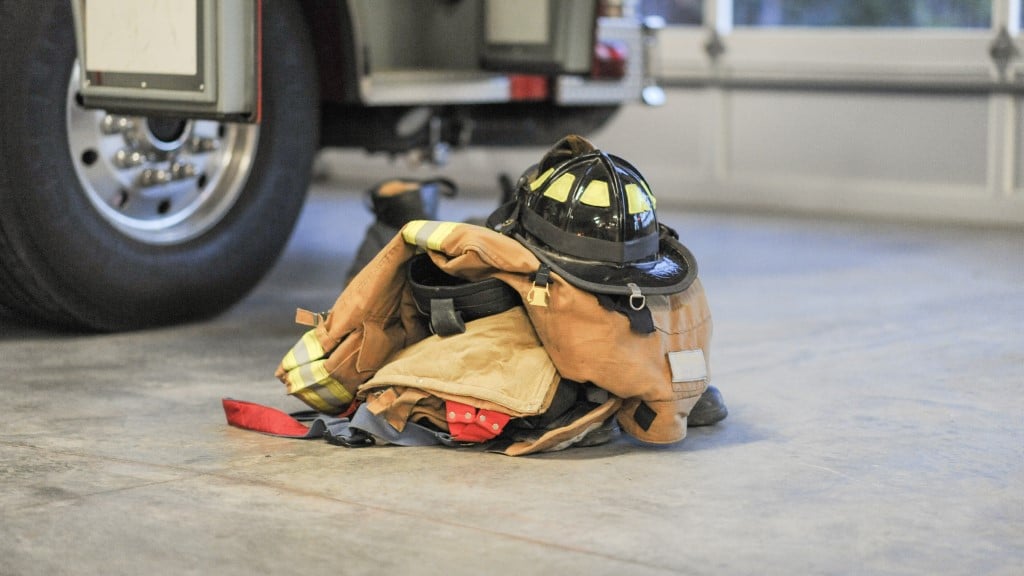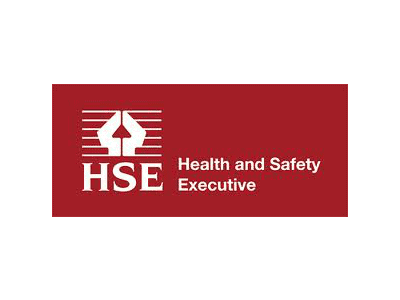January 13, 2023
Moving and handling materials in construction: early findings from recent HSE health campaign
From our colleagues at Barbour EHS.
A snapshot of good and bad manual-handling practices on construction sites across Great Britain has been revealed following six weeks of inspections undertaken by the HSE.
The Regulator carried out more than 1,000 inspections in October and November, checking how workers were moving heavy, bulky and awkward-to-handle materials.
The inspections for workplace health and safety revealed many examples of good practice, says the HSE. These included the use of mechanical equipment to handle large glazing panes, using small inexpensive air bags to help to position heavy doors when being installed, and the use of all-terrain pallet trucks to move blocks and brick-lifters to carry bricks around site.
However, HSE inspectors also found many examples of poor practice, including a worker lifting an 80kg kerb on his own without any assistance from machinery, lifting aids or colleagues, and a 110kg floor saw that had to be moved into and out of a work van by two operatives at a street works site, both of which resulted in enforcement action.
Working in construction is a physically demanding job and many construction workers suffer injuries to muscles, bones, joints and nerves that affect their health and ability to work.
HSE’s Acting Head of Construction Division Mike Thomas said:
“Lifting and moving heavy, bulky and awkward-to-handle objects on construction sites is harming the health of thousands of construction workers to such a degree every aspect of their lives is affected.
The 1,000 plus inspections just completed took place across a range of construction sites to check the action businesses are taking to ensure their workers’ health is being protected.
We know from early analysis that HSE’s MAC Tool (Manual Handling Assessment Charts) was used by inspectors at a large number of inspections to improve duty holders’ understanding of the risks and inform enforcement decisions.
“A full evaluation of the inspection data is underway, and we will release more information in due course.”
HSE’s MAC Tool helps to assess the most common risk factors in lifting, carrying and handling activities. It was developed to identify high-risk manual handling and points users towards the factors they need to modify to control these risks.
The law requires employers to prevent the ill health of their workers, which includes injuries to muscles, bones, joints and nerves that can develop over time, known as musculoskeletal disorders (MSDs).
Moving and handling risks should be considered and prevented where possible at the design stage. Once on site and before work starts, employers should talk to workers about controlling existing risks to make sure that the right handling aids, equipment and training are in place to prevent MSD injuries.
HSE Inspector Ian Whittles said:
“How materials are moved around site and used in the construction process needs to be considered from the design stage right through to the construction stage.
For example, planning for how materials are moved and handled from the point of delivery to the point of installation on all kinds of sites from small domestic projects with limited access, to large inner-city commercial sites.”
Supporting the inspections, HSE ran a communications campaign ‘Your health. Your future’, which raised awareness of the inspections through media, social media, podcast and webinars to provide helpful advice, information, and links to guidance, for employers and workers.
Over a million connections were made to the campaign via the social media channels alongside extensive stakeholder and press coverage.
HSE
December 2022
Our Comments
“ This campaign illustrates the need to continually focus and revisit strategies to reduce risks associated with manual handling; injury statistics remain relatively high so employers and employees alike need to maintain and in some cases, increase awareness.“
Contact
At William Martin we have a nationwide team of experts who offer a comprehensive range of health and safety compliance services. As part of the Marlowe Software, Risk & Compliance division, William Martin also has access to a wider range of complementary services.
This content has been produced in association with our sister company, Barbour.
For all enquiries, please contact us or call our team on 0203 819 8829.





